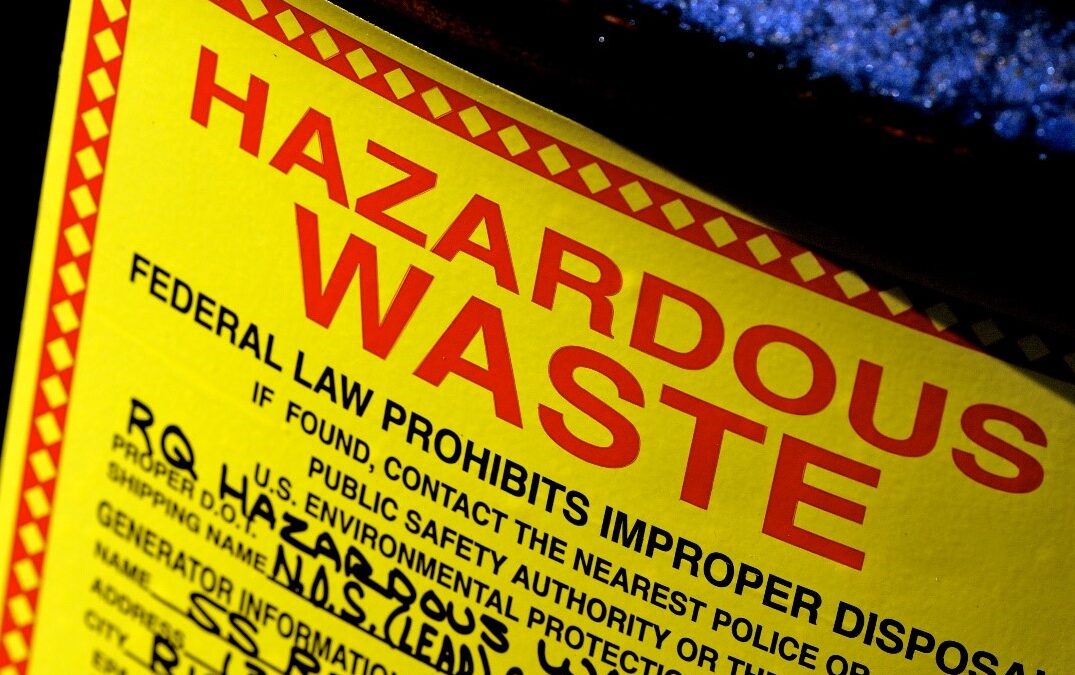If you produce hazardous waste at your facility, you are considered to be a hazardous waste generator. Hazardous waste management standards for generators are established by the Resource Conservation and Recovery Act (RCRA). These standards are found in title 40 of the Code of Federal Regulations (CFR) in part 262. Hazardous waste generator regulations ensure hazardous waste is appropriately identified and safely handled. These regulations were established to protect human life and the environment while minimizing interruptions in day to day business.
Applicable regulations are determined by the quantity of hazardous waste generated. There are three categories of generators:
- Very Small Quantity Generators (VSQG)
≤100 kg/month of hazardous waste, and ≤1 kg/month of acute hazardous waste, and ≤100 kg/month of acute spill residue or soil
- Small Quantity Generators (SQG)
>100 kg/month and <1,000 kg/month of hazardous waste
- Large Quantity Generators (LQG)
≥1000 kg/month of hazardous waste, and >1 kg/month of acute hazardous waste, and >100 kg/month of acute spill residue or soil
Very small quantity generators have the least stringent regulations. Small and large quantity generators must acquire EPA ID numbers, train personnel, develop contingency plans, and more. Also, hazardous waste generators must check with their state regulatory agency. Certain states have additional or more stringent requirements than the federal government.
To learn more, visit the EPA’s webpage on hazardous waste generators here, and visit your local regulatory agency’s website.
Our team of experts have over 50 years of experience assisting our clients with managing hazardous waste programs and practices at their facility. Contact us today to set up a consultation!

